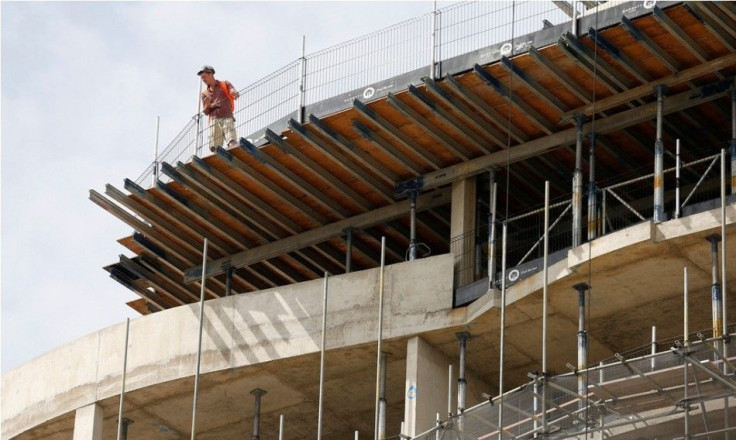New Zealand Export Log Prices Surging: Falling Shipping Costs Steps Up Supply

New Zealand wood exporters have reason to rejoice as log prices continue to jump in December on the back of declining shipping costs. This has helped exporters to bolster local returns and overcome weak prices prevailing in Chinese market which is the major export market.
The price spurt has catapulted the average wharf gate price for New Zealand A-grade to $101 a tonne from the $98 per tonne it was in November. According to AgriHQ's monthly survey on exporters, forest owners and saw millers, the price surge is expected to sustain in the coming months. Wood is New Zealand's third-largest commodity export. However, the prices in China continue to remain depressed and demand is also weak and a seasonal slowdown for winter and Chinese New Year is still not ruled out, reported Scoop News.
Oil Price Benefit
"Returns to New Zealand exporters increased due to dropping in shipping costs brought by the drop in global oil prices," said AgriHQ forestry analyst Ivan Luketina, who also added that building activity in China is slipping into a low patch and may pull down the prices further. The AgriHQ Log Price Indicator is a measure of the average log prices weighted by grade. It has now advanced from 92.7 in November to 94. The falling shipping costs are a fall out of the decline of the New Zealand dollar also.
"Returns to New Zealand exporters increased due to further drops in shipping costs brought on by the drop in global oil prices," said Luketina. The NZ dollar averaged 82.42 U.S. cents in December from the 82.78 cents in November and a peak of 88.35 cents in July.
Domestic Demand
In the domestic market, sawn timber production in the third quarter made a record and surpassed the production figures of past four years amid expectations of increased building activity in summer, Luketina said. "In China, building activity is going into its seasonal low patch, which will put further downward pressure on prices there, according to New Zealand Business Review. The figures released by the Ministry for Primary Industries were indicative that the domestic market will witness high demand as increased building activity is expected to take place during summer.






